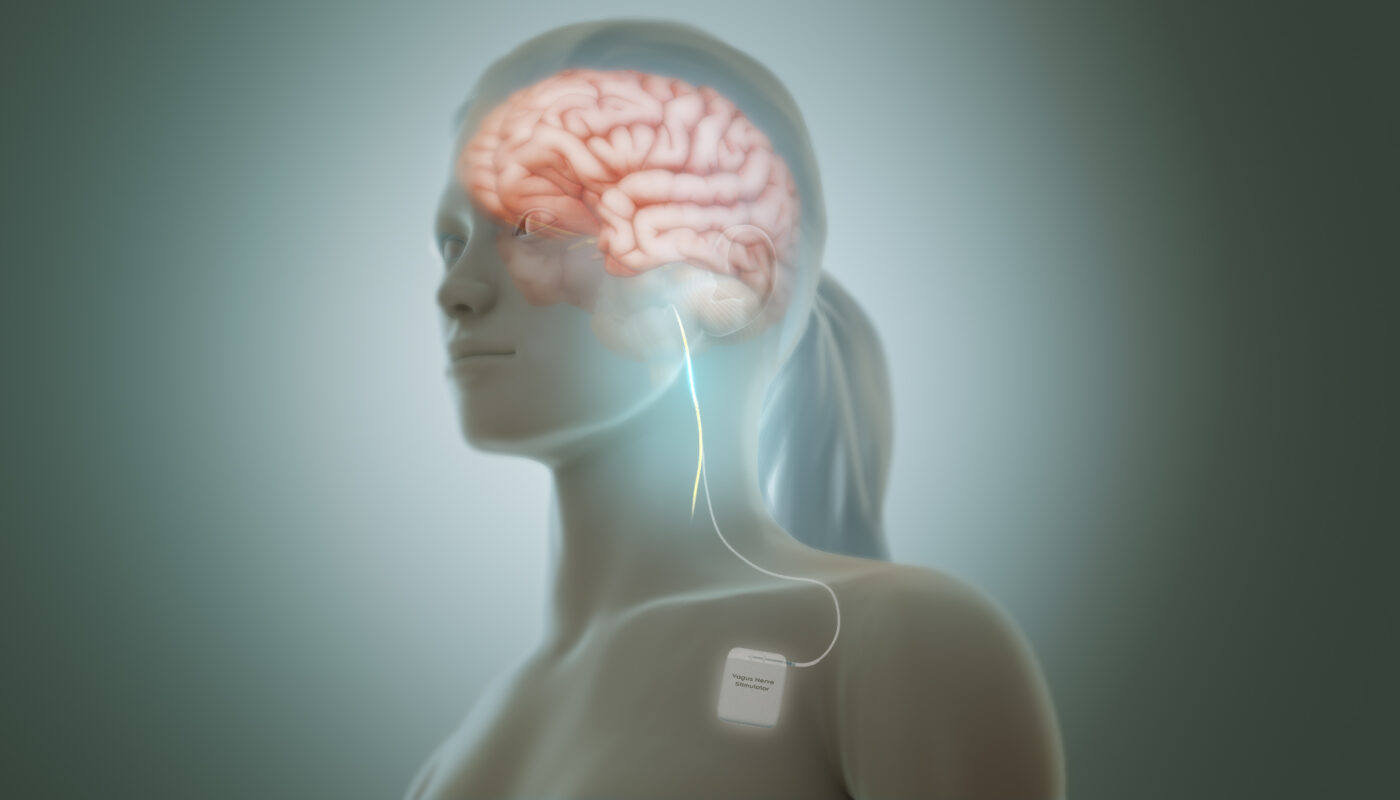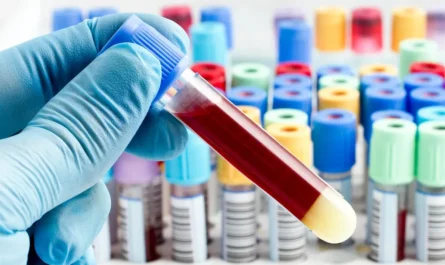What are Vagus Nerve Stimulators?
The vagus nerve is the longest cranial nerve in the body, originating in the brain and extending down to the abdomen. It plays an important role in regulating functions of the heart, lungs, digestive tract and other organs. Now doctors have discovered a way to stimulate this nerve for medical purposes using small implanted devices called vagus nerve stimulators (VNS).
How VNS Therapy Works
A VNS device consists of a pulse generator similar to a pacemaker and thin leads that connect to the left vagus nerve in the neck. The generator is programmed to send periodic mild electrical pulses to stimulate the vagus nerve. These pulses are thought to alter the activity of certain neurotransmitters in the brain like serotonin and norepinephrine which influence mood and seizure threshold.
The mechanism is not fully understood but Vagus Nerve Stimlators therapy appears to modulate activity in brain regions involved in mood, cognition and seizure control. The gentle pulses are not powerful enough to cause any adverse reactions but administered regularly over time they can provide clinically meaningful therapeutic effects.
Approved Uses for VNS Therapy
Currently the main FDA-approved indication for VNS therapy is as an adjunctive treatment for drug-resistant epilepsy in patients aged 12 years and older. Studies have shown VNS can help reduce seizure frequency when other anti-seizure medications have not fully controlled seizures. It provides an additional option for improving seizure control in refractory epilepsy cases.
VNS therapy is also FDA-approved as an treatment for depression in patients who have not responded adequately to four or more antidepressant treatments. For depression, the beneficial effects of VNS tend to accumulate gradually over several months requiring the device to be implanted and programmed properly by a psychiatrist familiar with the therapy.
Exploring New Applications
Researchers are exploring expanding the use of VNS to treat other neurological and psychiatric conditions related to abnormal brain activity and neurotransmitter imbalances. Early studies suggest VNS may help treat patients with:
– Treatment-resistant depression – For cases where standard antidepressants have not worked, adjunctive VNS therapy seems to improve mood in about 50% of patients based on response rates seen in clinical trials.
– Bipolar disorder – Some evidence indicates VNS may help alleviate symptoms of bipolar depression when used along with mood stabilizing medications. Larger clinical studies are still needed.
– Anxiety disorders – Preliminary research found VNS may reduce physiological and psychological symptoms of anxiety in treatment-resistant cases. However, more randomized controlled trials are still required to establish definitive efficacy.
– Alzheimer’s disease – Small pilot studies have demonstrated potential cognitive benefits and decreased agitation/severe behavioral disturbances in Alzheimer’s patients treated with VNS, but large multicenter trials are currently underway to better evaluate this application.
– Migraine/headache disorders – Early data suggests VNS therapy may lessen frequency and severity of migraine attacks and other headache conditions in some patients. Additional research using standardized protocols is ongoing.
Potential Benefits and Risks of VNS Therapy
For those with drug-resistant epilepsy, depression or other conditions, VNS offers a minimally invasive alternative or adjunct treatment option when medications are ineffective or cause intolerable side effects. It provides a chronic, outpatient method for modulation of neural pathways in key brain areas.
Overall the risk profile of VNS implantation and stimulation is considered favorable compared to other neuromodulation therapies or brain surgery. Common mild side effects include hoarseness of voice, coughing, headache, neck pain and increase in heart rate during stimulation that often diminish over time. Serious vocal cord paralysis or breathing difficulties are rare.
The therapy requires ongoing maintenance and replacement of the pulse generator battery typically every 3-5 years via minor outpatient surgery. Effectiveness is variable and not guaranteed for all cases, thus careful patient selection process is important. When applied and monitored properly by a multidisciplinary team well-versed with VNS therapy, it can significantly improve quality of life for those living with otherwise difficult to control conditions.
*Note:
1. Source: Coherent Market Insights, Public sources, Desk research
2. We have leveraged AI tools to mine information and compile it



